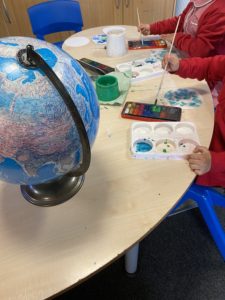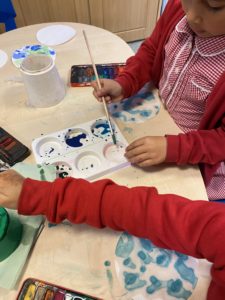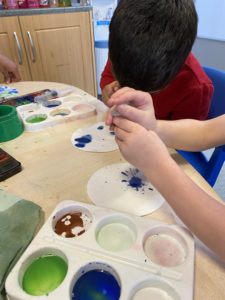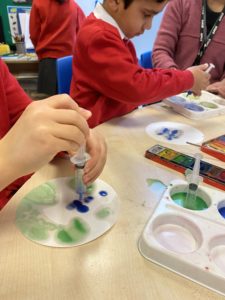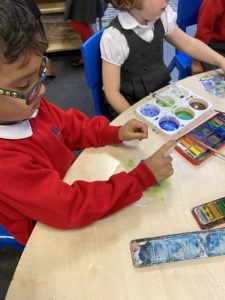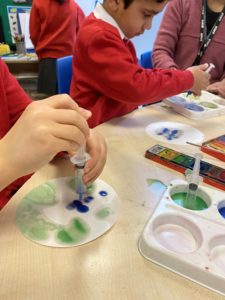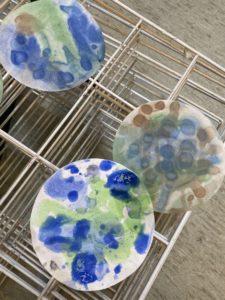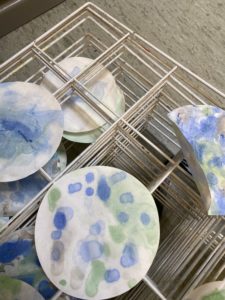Odd socks day
Next week is Anti-Bullying Week.

This year’s theme is ‘United against bullying’ and we will be taking part in Odd Socks Day on Monday 16 November.
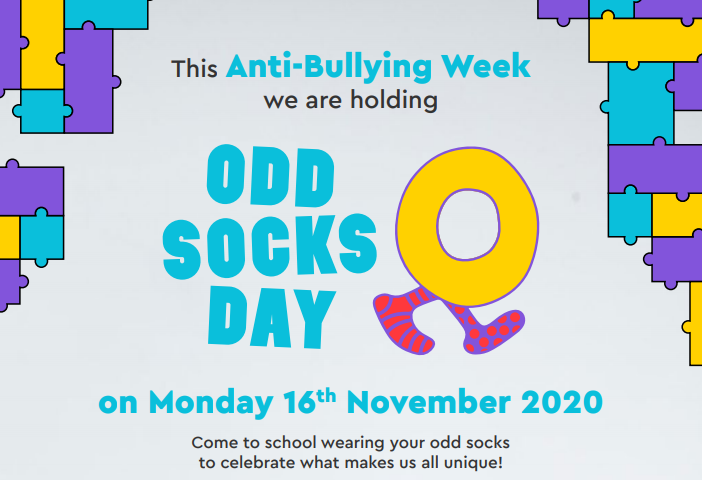
Odd socks day is to raise awareness of our differences, individuality and personal choice. There is no need for any payment – your child should simply wear odd socks and join in the fun!
Thank you for your support.
Consent
In class, we often take photographs of the children and their learning. We use these images as part of our school displays and in other printed publications like the school website. Every time we take a photo of a child or a piece of learning, we ask the individual for their consent. The children, in Year 1, are getting used to hearing “Is it ok for me to take a photo?”
Regularly asking for consent means the children are becoming familiar with these type of questions and more aware that they have a right to say no.
Can I take a photograph of your learning, Tom?
Yes, that’s ok.
Thank you.
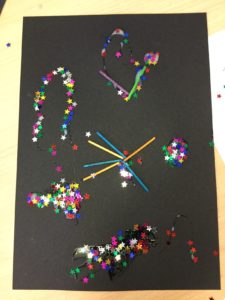
What’s been happening in Year 1 this week?
Every day, when the children arrive at school, there is always a task to complete. Today’s task was to create monsters. Using three coloured fingerprints, the class had to design creatures. As you can see from the photos below, we had some very interesting additions to our class!
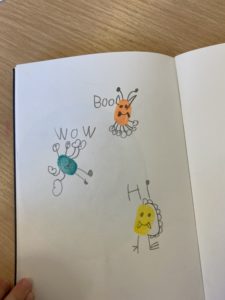
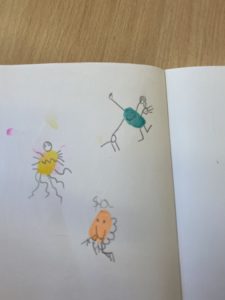
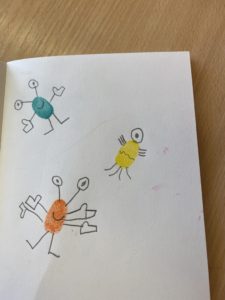
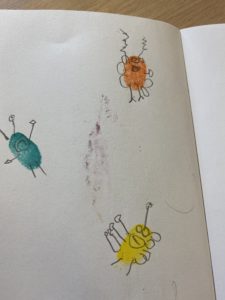
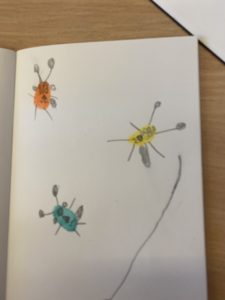
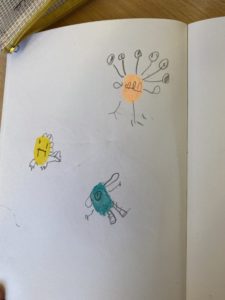
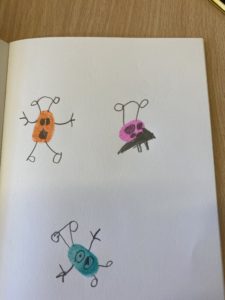
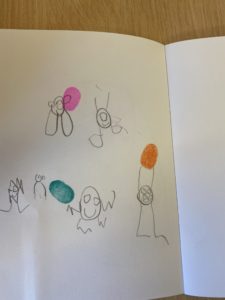
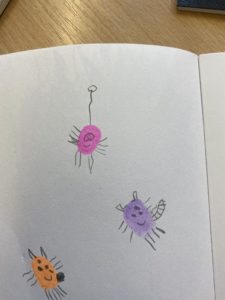
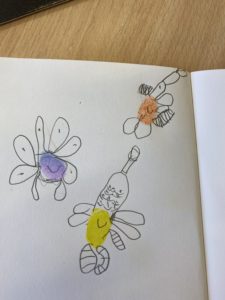
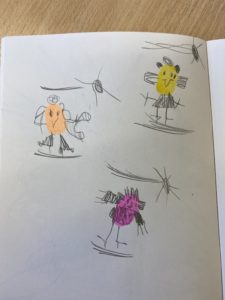
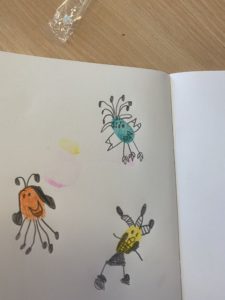
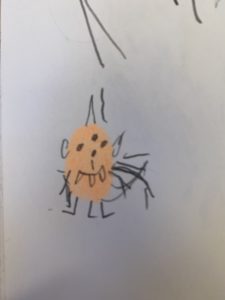
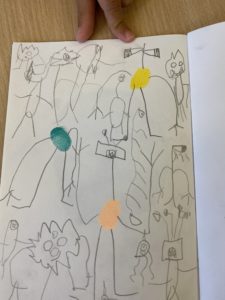
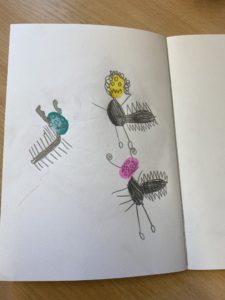
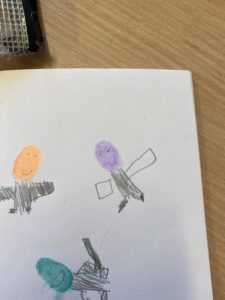

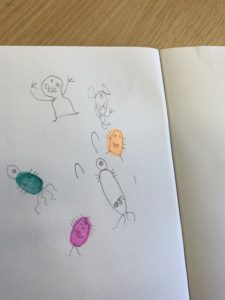
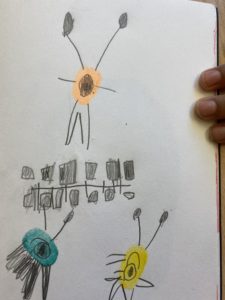

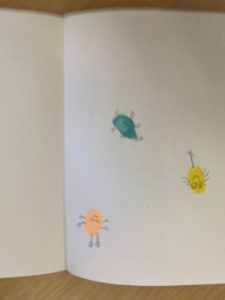
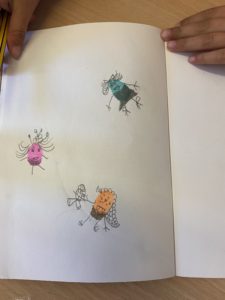
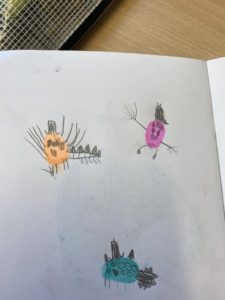
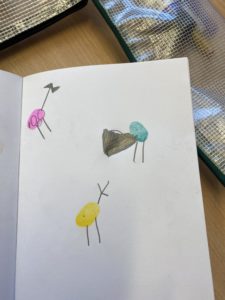
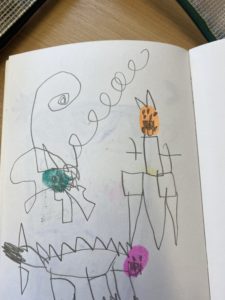
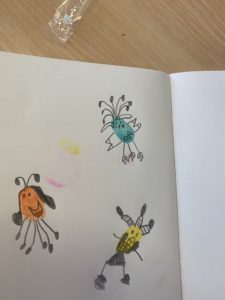
For our writing lesson, the children listened to the sound of fire. They had to describe what they could hear.
I can hear the fire crackling.
I can hear a sizzling sound.
Next, we listened to the sounds during The Great Fire of London.
I can hear people shouting.
I can hear buildings falling down.
I can hear water splashing on the fire.
For their task, the class wrote sentences about The Great Fire of London. Here are a few examples.
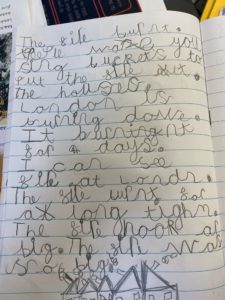
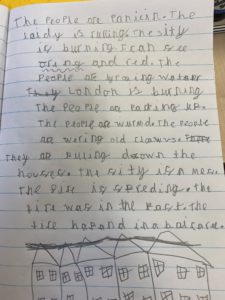
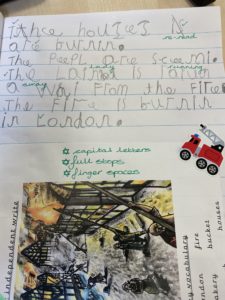
To end the day, Mrs Burgess enjoyed a firework art lesson with the children.
Using pattern, glue and sequins the class created their own firework pictures.
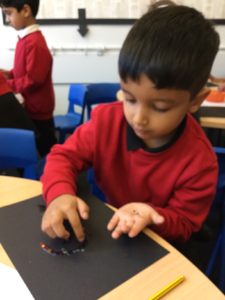
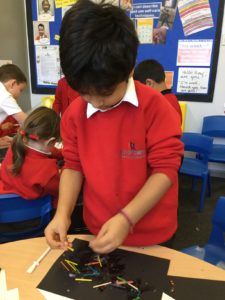
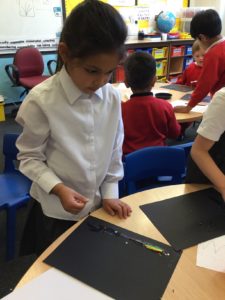
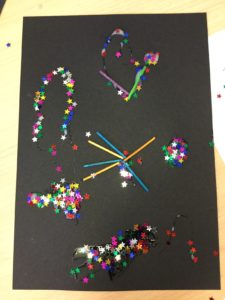
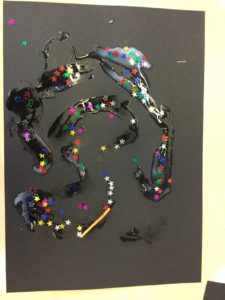

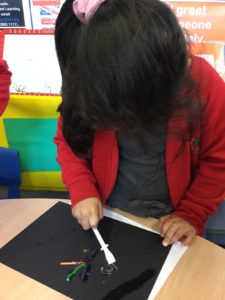
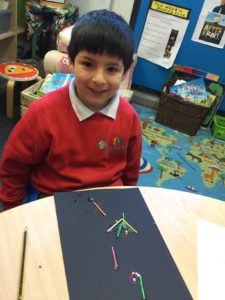
Continuous Provision in Year 1
Continuous provision forms an important part of effective practice in KS1 and well planned activities support, enrich and extend learning throughout the whole year. By giving the environment and our routines careful thought, not simply replicating Reception but refining it and moving it on, we can enable children to build on their EYFS experience.
Currently, the children are enjoying being historians. Therefore, we have linked the challenges in the areas to The Great Fire of London. Over the next few weeks we will share examples of the children accessing the learning in the areas. For now, here are some photos of our new challenges.
Maths
In class, the children have just been introduced to part-whole models. They have been placing objects into part-whole models in a variety of ways, using the terms “part” and “whole”
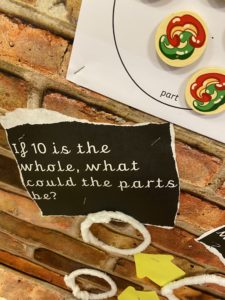
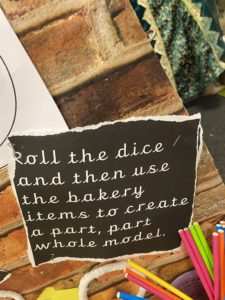
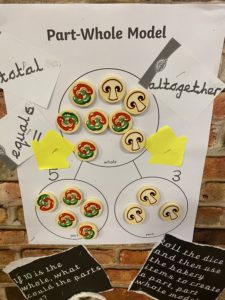
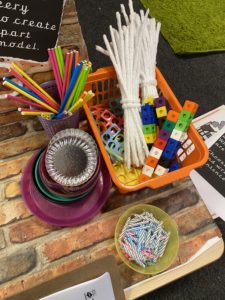
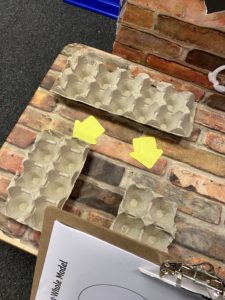
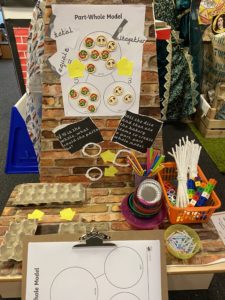
History, Reading and Oracy
Pudding Lane Bakery
Oracy is the ability to express yourself clearly and communicate with others effectively through spoken language. A key part of oracy is for children to think carefully about the language they’re using, and tailor it to their subject, purpose and audience. Oracy involves embracing different speaking skills, such as:
Discussion: exchanging ideas with others
Instruction: telling someone what to do, or explaining facts
Dialogue: having a conversation with someone, listening and showing an interest in what they say
Oracy isn’t, however, just about being a good talker – or talking lots. It also includes listening to others, and responding appropriately.
In order to stimulate conversations, we have added different resources in the shared areas. These are already developing the children’s curiosity and initiating oracy.
As part of history, the children are learning to sequence events. This activity involves ordering a timeline of the fire. The children are developing an awareness of time and chronology.
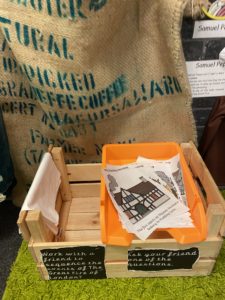
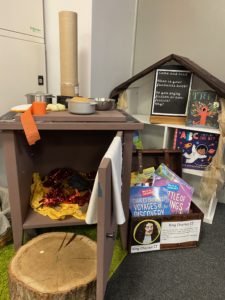
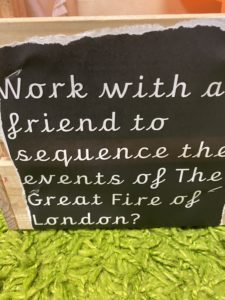
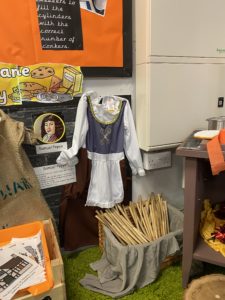
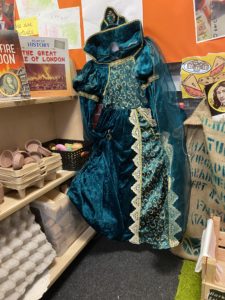
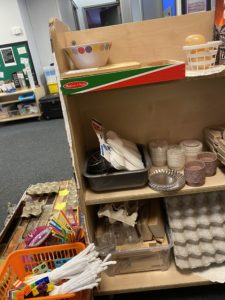
Living and Learning: Mental health
Our recent Living and Learning focus has been all about mental health.
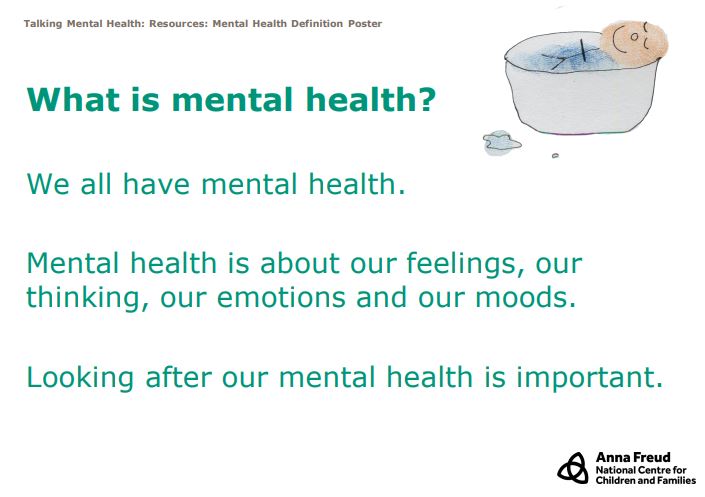
In Year 1, our learning has included:
- exploring and understanding different emotions
- identifying good and not so good feelings
- learning about ‘big’ feelings
This video introduced a variety of emotions. Emotions are feelings. They can change all the time. We all experience a whole range of emotions, from anger to happiness to fear.
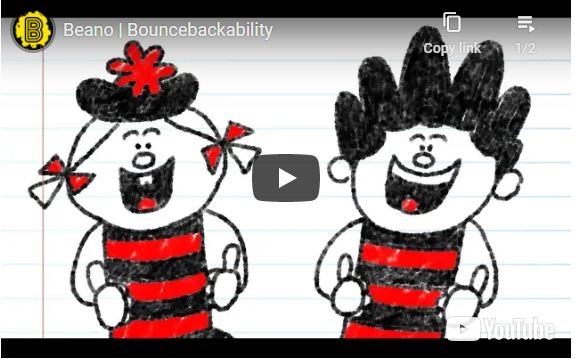
We used clues to help us be emotion detectives. Looking at the character’s face as well as their body language helped us to decide which emotion the characters were showing.
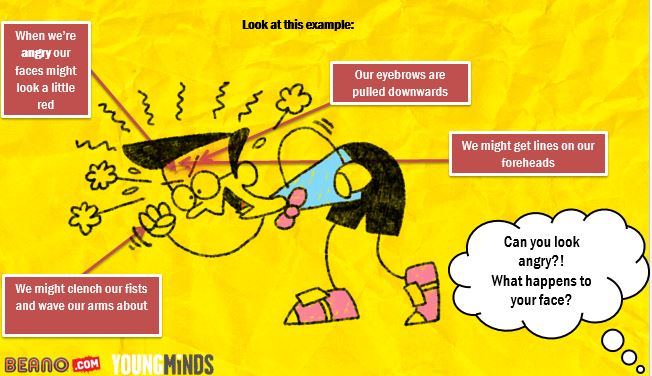
We used these sentence starters to share when we might feel certain feelings to help us understand the reason for these emotions. As well as sharing this orally, we wrote some sentences too.

I feel excited when it is my birthday.
I feel happy when I go to the park.
I feel angry when someone doesn’t share with me.
We recognised that sometimes we might have a not so good feeling or a big feeling and we might need to talk about these emotions with someone we can trust – a friend or an adult at home or at school.
Self care techniques can also help us to look after our own mental health.
We were very proud of the children’s self care/wellbeing bingo homework and we hope they continue to make use of these techniques.
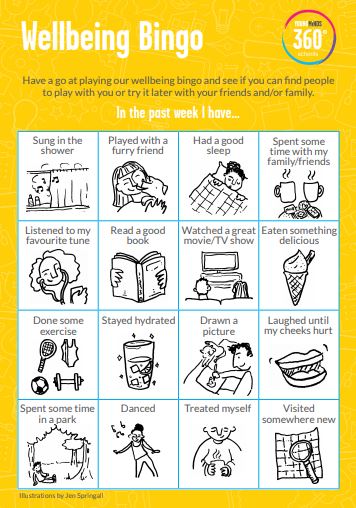
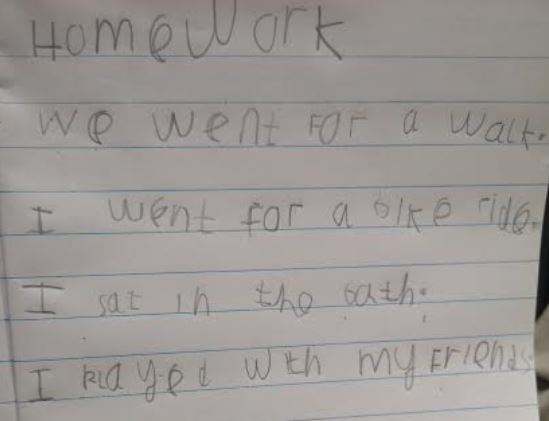
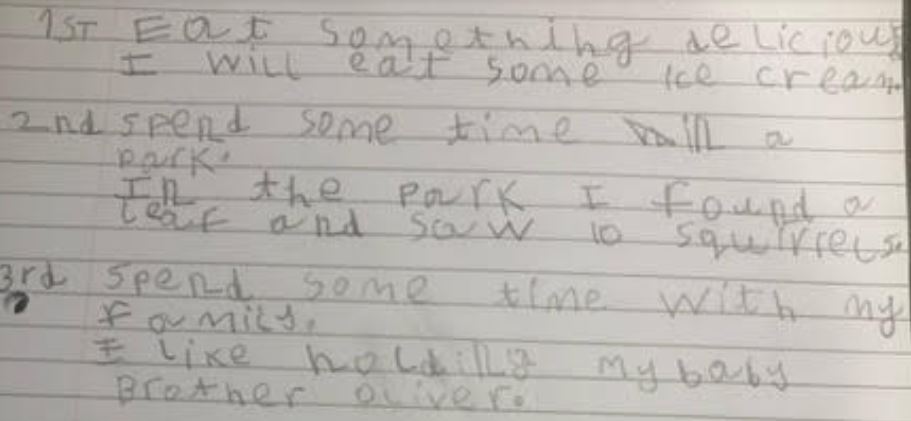

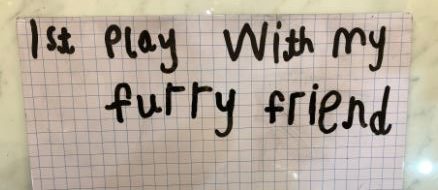

Staying hydrated…
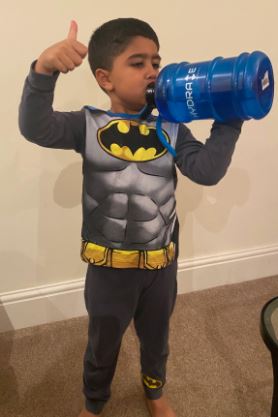
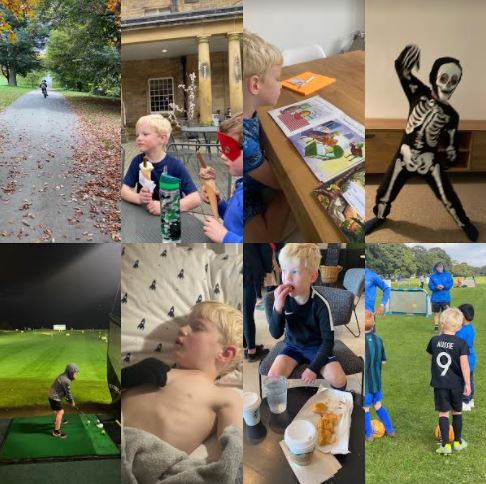
Reading a good book…
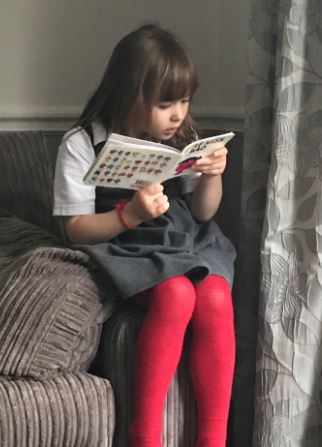
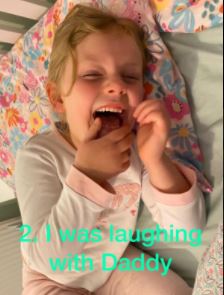
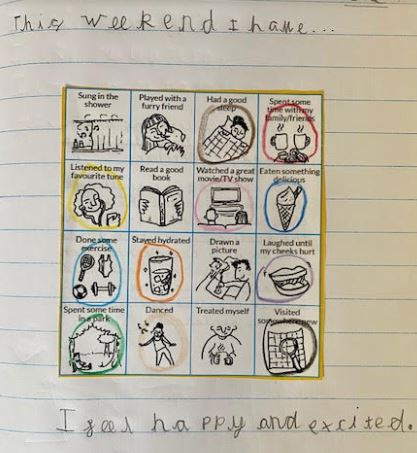
Finally, further information about mental health can be found on the Public Health England (PHE) ‘Every Mind Matters’ website providing NHS-endorsed tips and advice to help children and young people’s mental wellbeing and equip parents and carers with knowledge to support them.
Year 1’s first half term
All the Year 1 staff are very proud of the all children in their first half term. They have adapted well to the new procedures and they have amazed us with how well they are taking responsibility with their learning and routines.
Also, it was great to catch up with so many parents at the online parent-teacher consultations last week.
From these conversations, here are a few reminders to share.
- If the children have read their reading book, they can change it by putting it in the book return box, at the cloakroom door, on Tuesdays and Thursdays.
- Library is on Mondays and the children can take out a new book if they have returned their current book. It is helpful to keep their library book in their named folder if possible.
- It is great to see how well the children are engaging with Lexia at home. Some of the children are already reaching the end of the Year 1 learning (Level 5) and we would like these children not to progress any further at home as this will move onto Year 2 learning.
For next half term, here’s some information about the children’s learning.
- PE will continue to be on Tuesdays and Thursdays. We will aim to be outside where possible so please ensure your child wears their outdoor kit.

- As you will have seen, we’re excited to start our history topic all about the Great Fire of London.
- We have enjoyed our science learning about habitats and the environment and animals including humans is our next area of learning. There are some very knowledgeable scientists in the class! The BBC website is a great source of information that you could look at home.
- Our Living and Learning focus will continue to be on the theme of relationships. The children have made some great contributions in this learning.
- In maths, our focus will be on addition and subtraction. We’ve also been enjoying the BBC Super Movers videos in class as brain breaks.
- In phonics, we will soon have completed our revision of the Phase 3 sounds. Here are some phonics games you could try at home.

- Spellings will continue to be checked on a Friday and the children do see their spelling results after they have been marked. As this remains at school, please ask your child how they have got on.
- In writing, we continue to focus on what is a sentence. The four reminders we use in class are:
- Capital letter at the start
- Full stop at the end
- Finger spaces
- Does it make sense? Reread your sentence.
- We will continue to read a variety of fiction including poetry and non-fiction texts in class including our weekly fluency text. We read this daily to develop the children’s reading skills including using their phonics knowledge to help them read new words, understanding different vocabulary, taking account of punctuation and even starting to use some expression.
Thank you for all your support over this first half term and please do get in touch if you need any support with your child’s learning.
History: London’s Burning
In Year One, we have started our history based learning all about The Great Fire of London – a significant event from the 17th century.  Throughout this exciting topic, the children will discover how people lived in the past and the changes and consequences brought about following this catastrophic event. They will also continue to build on learning from the Foundation Stage, exploring changes in their own lives and the way of life of their family or others around them.
Throughout this exciting topic, the children will discover how people lived in the past and the changes and consequences brought about following this catastrophic event. They will also continue to build on learning from the Foundation Stage, exploring changes in their own lives and the way of life of their family or others around them.
We began our lesson with two questions.
What is history?
What is the past?
Cavemen are history.
Dinosaurs lived a long time ago.
I think it is something old.
My dad was born in the past.
Next, we had great fun looking at (and trying on) some different costumes. The children were asked whether they thought the outfits were from the past or not. Also, we discussed whether they had ever seen each costume.
Below, we have a fashion show – new and old- presented by Year One!
We had some fantastic responses.
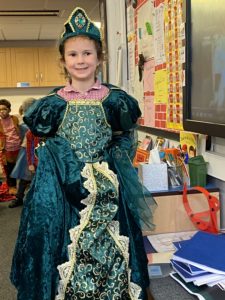
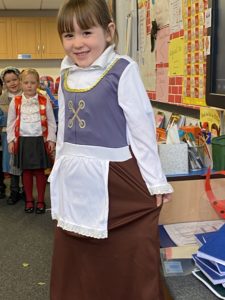
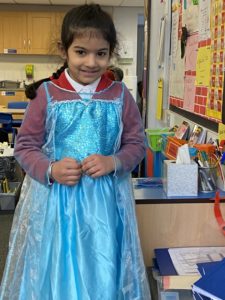
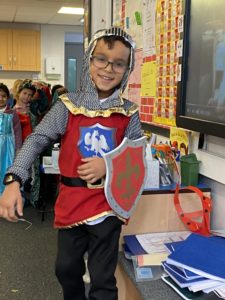
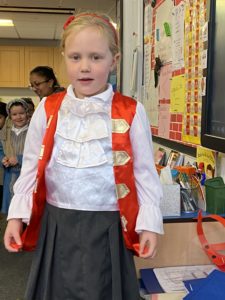
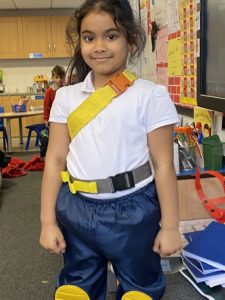
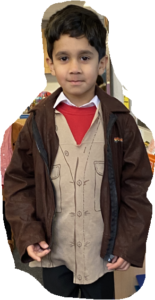

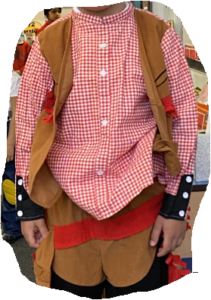
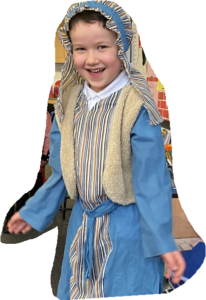
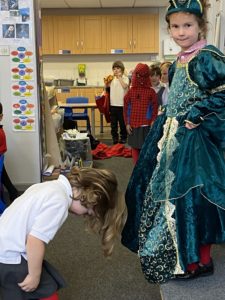
The beating of drums
African drumming is proving to be a huge success in Year One. The children are enjoying learning about the African djembe hand drums. 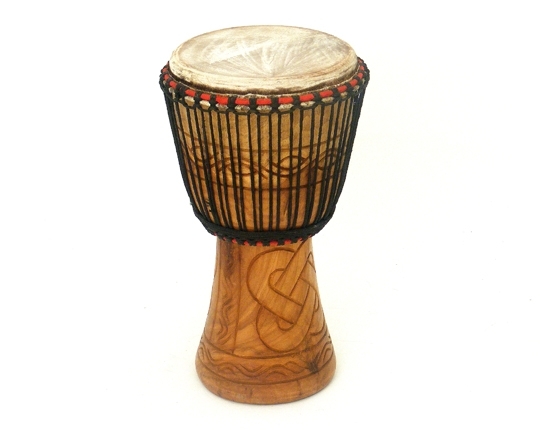 As each child plays on their hand made drum, they discover a whole world of history, tradition and culture – not just by passively listening or reading, but by actively playing and participating.
As each child plays on their hand made drum, they discover a whole world of history, tradition and culture – not just by passively listening or reading, but by actively playing and participating. 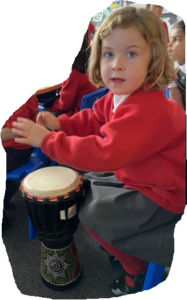
This way they really experience the ethnic tradition and culture of West Africa.
One of your five a day
In Reception, Year 1 and 2, the children benefit from the School Fruit and Vegetable Scheme, a government programme that entitles every child to a piece of fruit or vegetable each school day.
Fruit and vegetables are key to a healthier lifestyle for all of us and experts recommend that everyone eats at least five portions of a variety of fruit and vegetables in a day.
Eating fruit and vegetables every day helps children and teenagers grow and develop, boosts their vitality and can reduce the risk of many chronic diseases – such as heart disease, high blood pressure, some forms of cancer and being overweight or obese.
The children enjoy a variety of different fruit and vegetables and these all contribute to their 5 a day. We even tried radishes last week!

To ensure no food waste, sometimes the children may bring home a piece of fruit or vegetables. Change 4 life provides more ideas for achieving 5 a day.
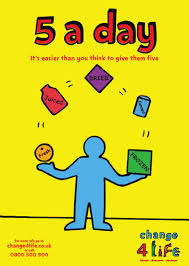
If you would prefer, you are welcome to send a snack with your child for playtimes but this should only be fruit or vegetables.
Painting with syringes
Year One have been using the book Here We Are, written by Oliver Jeffers, as their focus for the current mini topic.
We have looked closely at our planet and the children thought of questions they would like to ask about life on earth.
How many humans live on Earth?
Which is the biggest animal?
Is everybody different?
Why is there so much water?
Using Google Earth, we looked down on our planet from space. Then we zoomed in gradually and found our school. The children were fascinated by the colours of our planet from far away.
Using some water colour paints, we created our very own versions of Earth. The children mixed their own paints and then used a syringe to drop the colours onto some filter paper.
It’s magic! The paint is spreading out!
The colours are joining.
It is light and dark.
The finished planets looked very realistic indeed.
